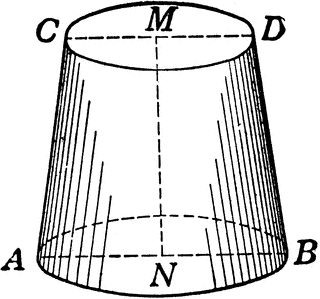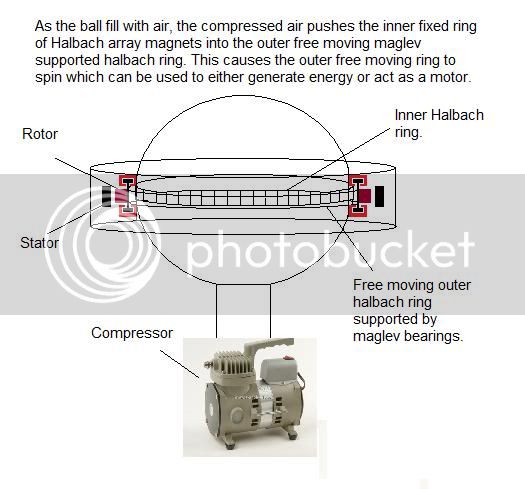You are using an out of date browser. It may not display this or other websites correctly.
You should upgrade or use an alternative browser.
You should upgrade or use an alternative browser.
New Water Powered Toy
- Thread starter AussieJester
- Start date
HoverBoarder
10 W
- Joined
- Oct 10, 2010
- Messages
- 78
TylerDurden said:Beat me by :10.
Ugh... looked for "Jetlev," the name of the company, didn't see anything, and I made my post...... ugh.
Well... My next post was going to be on pressure and gravity induced halbach systems which I highly doubt there has been a post on before because I just thought of the idea a few days ago... Still, I will check a number of different search criteria next time to make sure there is not already a thread.
liveforphysics
100 TW
Halbach works because field lines are twisting.
Pressure and gravity both have no halbach effects.
Pressure and gravity both have no halbach effects.
HoverBoarder said:TylerDurden said:Beat me by :10.
Ugh... looked for "Jetlev," the name of the company, didn't see anything, and I made my post...... ugh.
Well... My next post was going to be on pressure and gravity induced halbach systems which I highly doubt there has been a post on before because I just thought of the idea a few days ago... Still, I will check a number of different search criteria next time to make sure there is not already a thread.
HoverBoarder
10 W
- Joined
- Oct 10, 2010
- Messages
- 78
liveforphysics said:Halbach works because field lines are twisting.
Pressure and gravity both have no halbach effects.
Ok well, let me explain.
I had planned to put this on its own thread, but I wasn't expecting many serious responses anyways so I might as well put it here.
This is very similar to the compressed air Halbach motor/generator idea that I talked about earlier, but these new ideas are designed to work without any power input required (which you noted previously would have "substantial thermal energy losses in expansion/compression"). All of these ideas are based upon the premise that two rings of magnets arranged in opposite Halbach array configurations when placed close enough to each other with one ring fixed and one ring free moving would cause the free moving Halbach ring to spin until air and eddy current resistance caused the free moving ring to stop spinning; unless a force was applied that pushed the rings back together causing the free moving Halbach ring to spin again.
The gravity and pressure forces are ways of pushing the rings back together again without requiring the use of compressed air.
For gravity induced Halbach ring system, this would require slightly changing the configurations of the Halbach rings, and the use of a shape of a circular cone frustum:

The fixed inner ring would be attached to the cone while the outer ring would be placed on the top of the inner ring. The force therefore causing the rings to be pushed back together would be gravity, while the exact angle of the cone would have to be determined for this to most efficiently happen. This would also address Earnshaw's Theorem for static levitation because the outer ring would be supported on the side.
For the pressure induced system, it is a lot more similar in design to the compressed air idea that I had earlier. The compressed air that was shown pushing against the inner ring could be replaced with an air vacuum, and this along with the magnetically supported free moving outer ring along with the stator coils could all be placed in a sealed but elastic ball and dropped in deep high pressure water (this could also be tested in a pressure tank). The deep water pressure would push the outer ring closer to the inner ring causing them to spin. This could also be reversed with a high pressure inside, and a low pressure outside.
The other option would be to just replace the compressed air with a spring.
In any case, it is just an idea...
Here is the description from my previous thread on the compressed air Halbach Motor and Generator:
http://endless-sphere.com/forums/viewtopic.php?f=41&t=25305
This generator works by pushing two rings of magnets on semi-elastic bands arranged in opposite Halbach arrays together using an industrial strength ball filled with compressed air and maglev bearings for the outer ring.
When acting as a motor, the amount of compressed air could be varied to act as a speed controller by pushing the rings closer or farther apart, and thus speeding up or slowing down the spin of the outer ring.

Cheers.
sk8norcal
1 MW
I would like to see a parabounce with an electric prop... 
http://wackyboards.blogspot.com/2009/09/parabounce.html
http://wackyboards.blogspot.com/search/label/*%20air
[youtube]RKjUfHTNy2k[/youtube]
http://wackyboards.blogspot.com/2009/09/parabounce.html
http://wackyboards.blogspot.com/search/label/*%20air
[youtube]RKjUfHTNy2k[/youtube]
Kingfish
100 MW
HoverBoarder said:liveforphysics said:Halbach works because field lines are twisting.
Pressure and gravity both have no halbach effects.
Ok well, let me explain.
I had planned to put this on its own thread, but I wasn't expecting many serious responses anyways so I might as well put it here.
<snip>
For gravity induced Halbach ring system, this would require slightly changing the configurations of the Halbach rings, and the use of a shape of a circular cone frustum:

<snip>

Cheers.
The first thing I saw when I read your proposal is this: Combined passive bearing element/generator motor
I believe this was a pet project of Klaus Halbach; he was really big on energy storage systems using his namesake arrays
Best, KF
HoverBoarder
10 W
- Joined
- Oct 10, 2010
- Messages
- 78
Kingfish said:The first thing I saw when I read your proposal is this: Combined passive bearing element/generator motor
I believe this was a pet project of Klaus Halbach; he was really big on energy storage systems using his namesake arrays
Best, KF
Thank you for posting a link to that patent Kingfish!
It was a very interesting read. I have been fascinated by Klaus Halbach and his work with Dr. Richard Post for a long time. Together they did some amazing work at Lawrence Livermore National Laboratory, but I felt like they left some of their best inventions unfinished. I have thought of a number of interesting improvements to Dr. Posts Inductrack system, and my ideas above are some of the ways that I have thought of to improve upon Klaus Halbach's work. Dr Post is still around but he is pretty old now.
I do appreciate you response. After I properly draw up my ideas, I might post them in the alternative energy section after all.
Similar threads
- Replies
- 15
- Views
- 309
- Replies
- 0
- Views
- 177
- Replies
- 21
- Views
- 1,068

